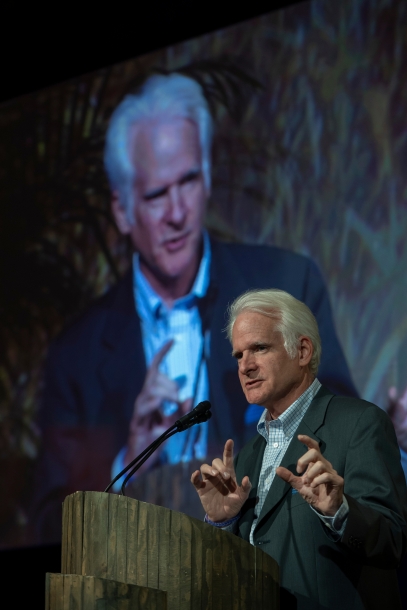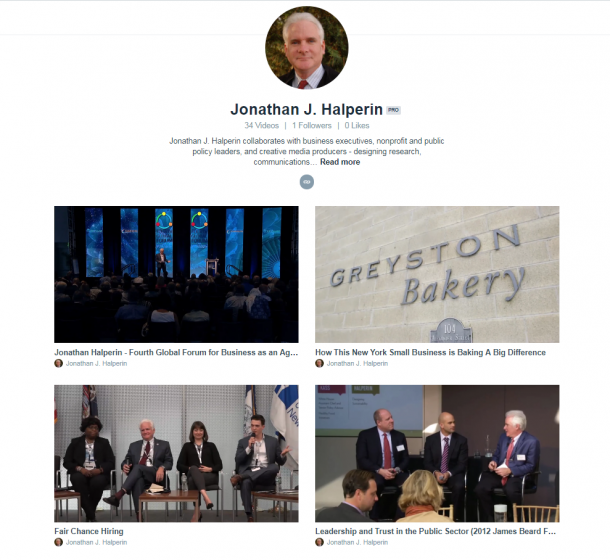Jonathan J. Halperin
Designing Our Future. Together.
You are here
Communications and Perceptions
If corporate sustainability reports are not the reality, but rather the shadow cast on the wall of Plato’s cave, what comes next to propel continuous improvements in actual corporate behavior across an integrated or triple-bottom line?
Monday, December 17, 2012
As Hurricane Sandy shifted the national conversation in the closing days of the U.S. 2012 presidential campaign, so too has the rampage at Sandy Hook Elementary School interrupted the partisan machinations over government spending and taxation. As we look forward to 2013 and beyond we thus have a rare moment to reflect and observe that these issues share a common root: the respective roles of government and business to shape our future as people and as a national community.
Sunday, November 18, 2012
If Americans and Brits are “separated by a common language,” then Israelis and Palestinians are surely divided by a shared geography. Here in London, small daily protests outside the Israeli embassy brought British riot police into the streets adjacent to the new Whole Foods market in the tony Kensington region aglow with pre-Christmas displays.
Friday, October 19, 2012
Authenticity is the touchstone of trust, the defining characteristic mentioned repeatedly at this week’s James Beard Foundation conference. From Genetic modification of food to mother’s milk, from food service providers to artisan foragers, from Nashville to Portland the exploration of trust and distrust was both deep and wide in this live-streamed conference.
Wednesday, October 17, 2012
Trust and the American Food System is the theme of this week’s annual James Beard Foundation conference in New York: A Crisis in Confidence: Creating a Better, More Sustainable Food World We Can Trust. I moderate a panel Thursday morning with Sam Kass from The White House and Eric Goldstein, Chief Executive of the New York City Office of School Support Services.
Saturday, June 30, 2012
Responding to a comment from Joe Nocera about Howard Schultz’s unique background, both as the company founder and a kid from Brooklyn who grew up in public housing, I reframed the question back to the link between organizational and leadership values – and perceptions of time.
Friday, June 29, 2012
The mega-cities of the nearest future are either hubs of innovation and creativity, as outlined by Richard Florida at the Aspen Ideas Festival, or overrun slums without electricity, transit access to center city, running water and the most basic urban services. Or maybe they are both?
Thursday, June 28, 2012
I have spent a significant portion of my career managing research projects, publishing materials, devising marketing and communications strategies and consulting to bring needed information and perspectives to corporate and nonprofit decision-makers. So I would never argue against communications and education as indispensable tools in the battle to address pressing global challenges.
Thursday, June 28, 2012
As an approach to resolving some of the world’s most intractable problems, embracing the “Rational Middle” sounds like a terrific concept. Who could object to bringing together people of diverse views on energy and climate policy to discuss reasonable solutions in a respectful manner?
Tuesday, June 26, 2012
As our civilization struggles to understand both the meaning and making of Stonehenge or Easter Island, others may some day look back and try to give meaning to the immense pie charts that seem to be scattered over the American Midwest.
Saturday, February 18, 2012
There is so much to do to “repair the world.” But we had best be sure we are asking the right questions before we put too much faith and resources in the answers.

